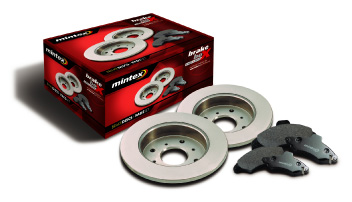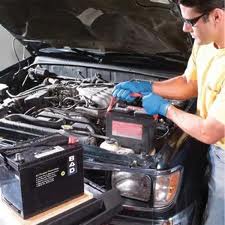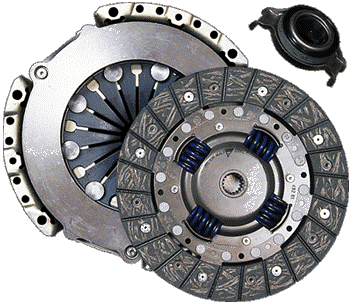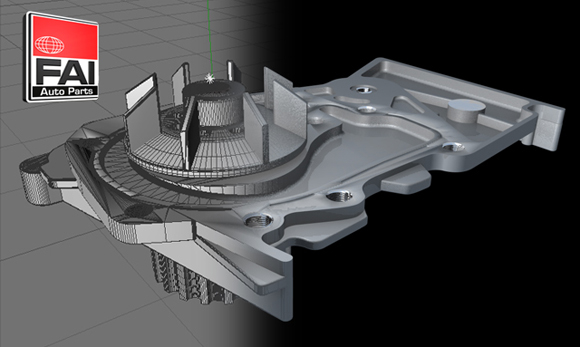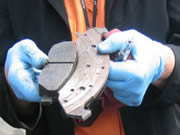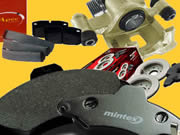Car Brakes
Mobile Brake Repair Service
Car Brake Service
Customers sometimes ask us why their vehicles front brakes wear more than the rear it basically boils down to road conditions and where you drive your car more often, A good example would be if you mainly drive on motorways you would be using your brakes less than if you where driving around town that's if you are not a nervous driver we have found that one of two customers are heavy footed and drive with their foot resting against the brake pedal and are not aware they have slightly applied the foot brake whilst driving.
This is not advisable in our opinion as this can cause excessive brake wear it will also generate a lot more excessive heat which can cause serious brake defects, if your brakes get too hot it can cause the brake fluid to get very hot and even cause the brake fluid to boil if this happens your brakes will become non-operative this is also known as "brake fade" resting your foot to heavily on your cars brake pedal can cause the same problem as if your brakes where binding from sticky brake calliper or collapsed brake flexi hose.
Another good reason while front brakes wear more than the rear can depend also on weight common sense should tell you the heaver the load more braking pressure is needed we are all aware that when driving in wet conditions we must extend our braking distance this theory can also apply to heavier loads inside the vehicle on most light commercial vehicles I. E ... panel vans etc have brake load valve fitted to the rear axle as the van driver loads the vehicle the body will drop down lower as the vehicle load gets heavier at the same time the 'brake load valve' on rear axle as a bar attached which pushes an arm on brake load valve which allows more brake power to be applied to the rear brakes.
Also the front brake on your vehicle will wear more due the fact of brake percentages we need to allow more brake efficiency to front brakes As you step on the brakes the front brakes and the rear brakes are not applied with the same power. In some cases, depending upon what you are doing and how well, you might decide to apply your foot brake more rapidly. But do so with a great deal of caution. The term brake means the balance of how much braking the front and rear brakes contribute to slowing down a car. Brake is often written as a or a ratio such as 65/35. This ratio would mean that the front brakes receive 65% of the available brake power and 35% is sent the rear. These values may differ on what car you may drive and also what the car manufacturer has set when designing the braking system for that particular make and model.
When a car slows down there is a weight transfer towards the front of the vehicle and the front tires load up, while the rear tires lose some weight on them. This is the reason front brakes typically are larger and have more initial brake percentage set than the rear brakes, since they are used more. However if you applied too much percentage to the front brakes, they will lock up. This means you will can't effectively slow the car as the rear brakes are helping very little in slowing down the car. On the other hand if you have too much rear brake, the rear tires can lock up as the weight transfers forward and makes the rear end of the car lighter.
We have give brief introduction on most car braking systems we have not covered ABS systems we will go into more details on various problems and general maintenance as time goes on we will try and cover topics on general wear and tear what your family car will go through year after. Most important is your car braking system. A properly functioning braking system can make the difference between life and death.
A problem that seems very small such as a brake line that is rusty or a brake hose that has cracked can make it unsafe for one to drive a car as the brakes can fail without warning. It is therefore important for one to check the performance of the brakes regularly, especially if the car has been dormant for a while. There are many warning signs that can indicate a problem with the brake system.
These include low levels of brake fluid, a very spongy or very hard brake pedal, dragging brakes, the pedal pulsates or goes very far down and brakes smell as though they are burning or make any noise such as squeaking, grinding and screeching. If the warning lights of the brake come on when driving, this should also be considered a warning.
Spongy or low brakes can be as a result of leaking brake fluid. To check for a leak in the brake fluid, one should locate the brake fluid reservoir located on top the brake master cylinder the brake master cylinder is usually mounted on vehicles bulkhead ( left or right) vicinity behind the engine compartment. On locating it, on the outside of the brake fluid reservoir you should be able to see fluid level lines moulded on the brake fluid reservoir if you cannot see these lines clean the outside of the brake fluid reservoir and check again, or one can then open it and check inside to determine the fluid level. After checking your brake fluid level you find it is very low this could be a good indicator that your car may have brake fluid leak it can also mean that your brakes are worn too
The brake calliper piston should also be checked for leaks and the brake hoses examined for cracks. A wet calliper may be a sign of a leak of the brake fluid. The master cylinder cap should be tight and one should check for any signs of leakage. One can also check for leakage of brake fluid by driving the car onto a sheet, a large cardboard piece or a blanket and tap the brakes hard, then repeat the process for a number of times. If brake fluid can be observed on the surface, then there is leakage.
Braking problems usually arise out of neglect and it is important to conduct a regular check up. The highest braking system performance is usually ensured by an optimal pad depth. Once a problem is noted, then it is time to for the braking pads to be changed. It is important for one to own a tool kit for the task. Most of the time, it is the front pads which are changed. Wearing of the brake pads can be observed by looking at them from outside the front tire.
If the depth of the pad less than a quarter of an inch it should be replaced soon. If it is less than an eighth then the brake disc is in danger of being damaged and the brake pad should be changed as soon as possible. Noises are also an indication of that the brake pads need to be changed. This is a fairly straight forward process.
First of all, loosen the wheel lug nuts, and then jack the car off the ground. place an axle stand under suitable place under the cars body then lower the vehicle on to the axle stand. 'On no circumstances carry out any work with out and axle standing supporting the vehicle body weight'. The lug nuts are then removed together with the wheel. The bolts are then removed while care is taken not to move the calliper. The pads are inside the brake calliper and if they seem worn out then change them
Note that It is important to always take your car to the mechanic for a regular check up
Need your vehicle back on the road as soon as possible Mobile Auto Services can help you with this service please call us on 0800 999 4118 for complete mobile car brake repair service at your home or work place.

